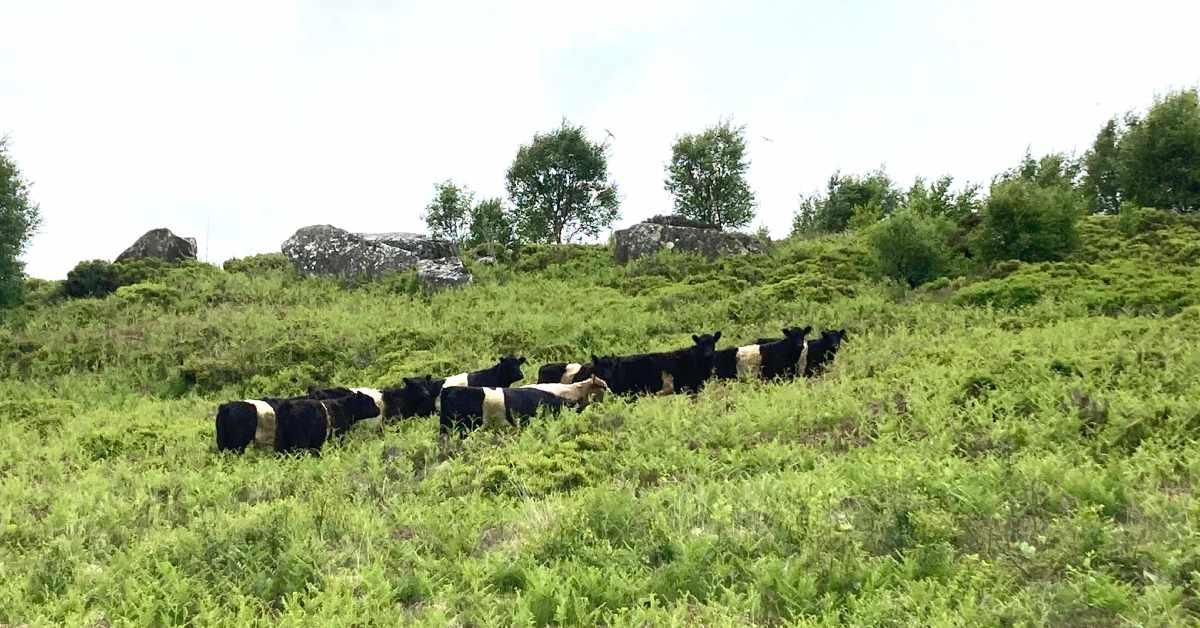Subscribe to trusted local news
In a time of both misinformation and too much information, quality journalism is more crucial than ever. By subscribing, you can help us get the story right.
- Subscription costs less than £1 a week with an annual plan.
Already a subscriber? Log in here.
02
Jun 2023
Cattle introduced to Brimham Rocks

The National Trust has introduced cattle to the moorland at Brimham Rocks in Nidderdale.
A herd of Belted Galloways will graze the vegetation from June to October as part of the site’s moorland management plan.
The trust said grazing will improve the moorland at Brimham as well as improving the habitat for ground nesting birds.
A fence has been erected around the cattle's roaming area on the south and north moors. To maintain Brimham moorland as open access land, gates have been installed on public rights of way as well as on the most popular desire lines.
Natural heather moorland habitats are rarer than rainforest. According to the Moorland Association, 75% of the world's remaining heather moorland is found in Britain and that habitat has been declining rapidly.
The moorland at Brimham has the distinction of being home to three local varieties: ling heather, bell heather and cross-leaved heath. Unattended bracken will damage the heather moorland beyond repair, according to the trust.
Read more:
- Yemi's Food Stories: Perfect pies in Pateley Bridge
- Bridge near Harrogate closes suddenly after crack appears

Brimham Rocks
Alec Boyd, area ranger at Brimham Rocks said reintroducing cattle was "a very important step to improving the condition of the moor", adding:
Belted Galloways are hardy but placid, which means they are unlikely to be fazed by members of the public and their dogs.
A trust spokesperson said it acquired Brimham Rocks in 1970 and there has not been any grazing since then, but it is thought grazing took place prior to this.
Further information is available here.
0